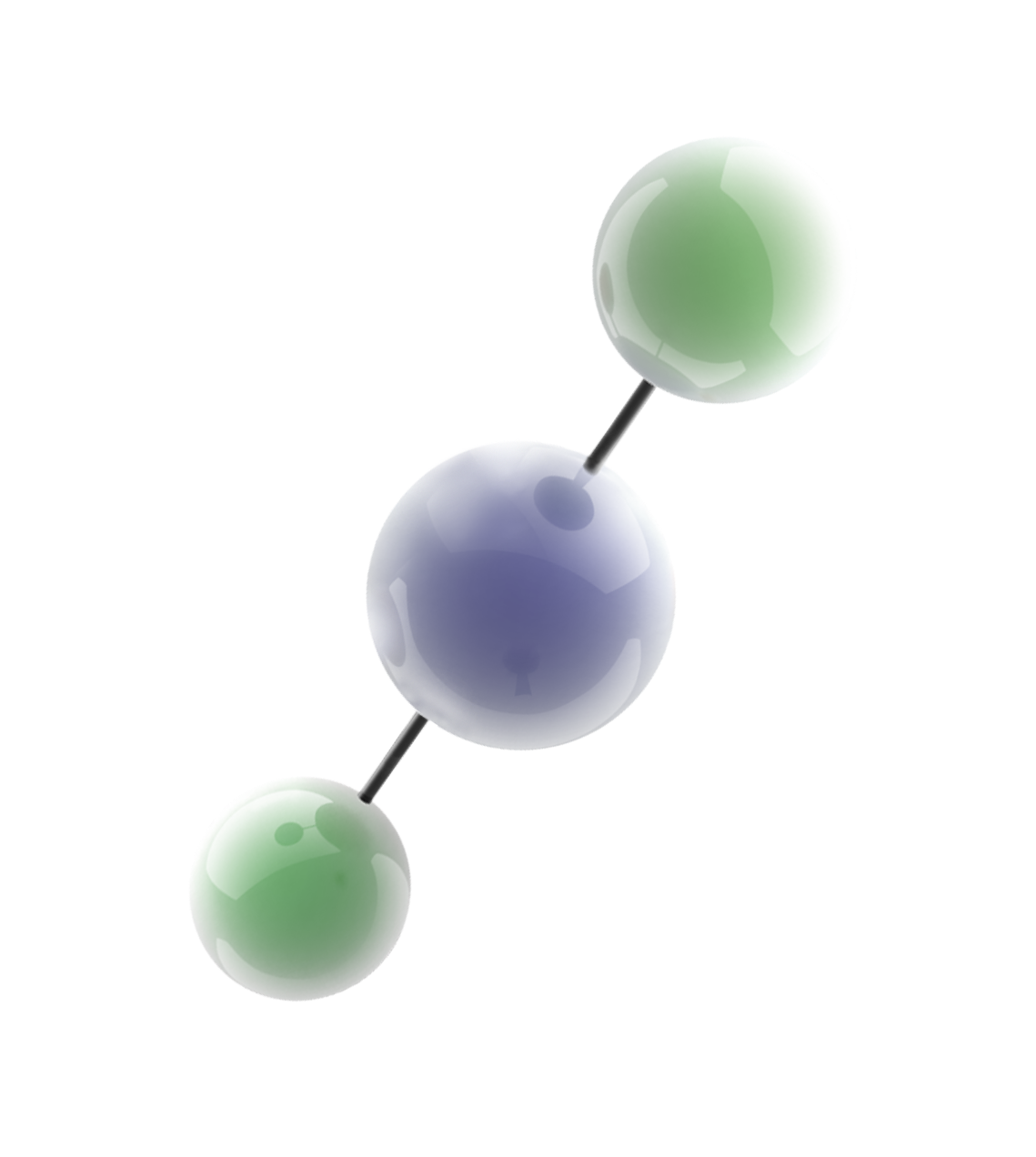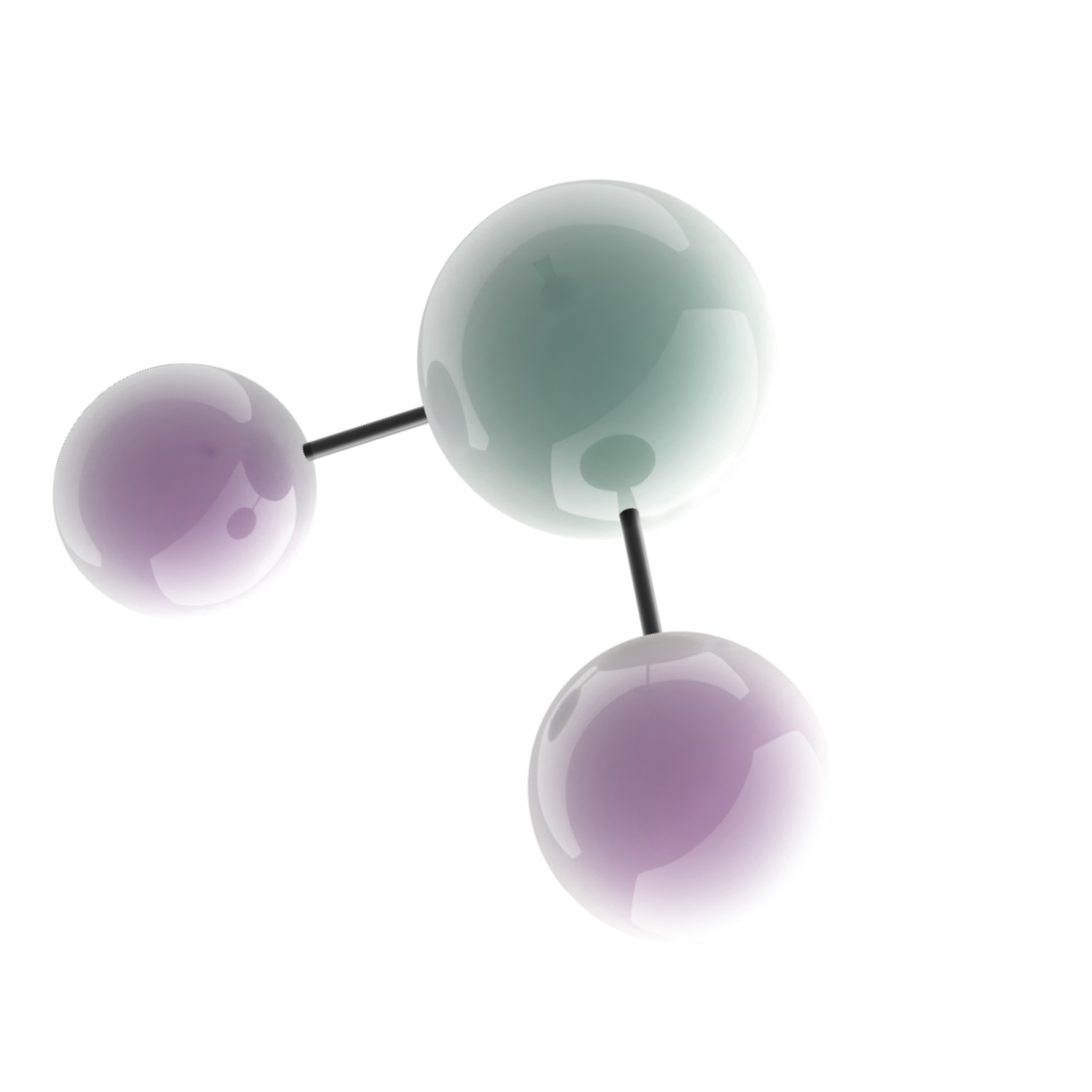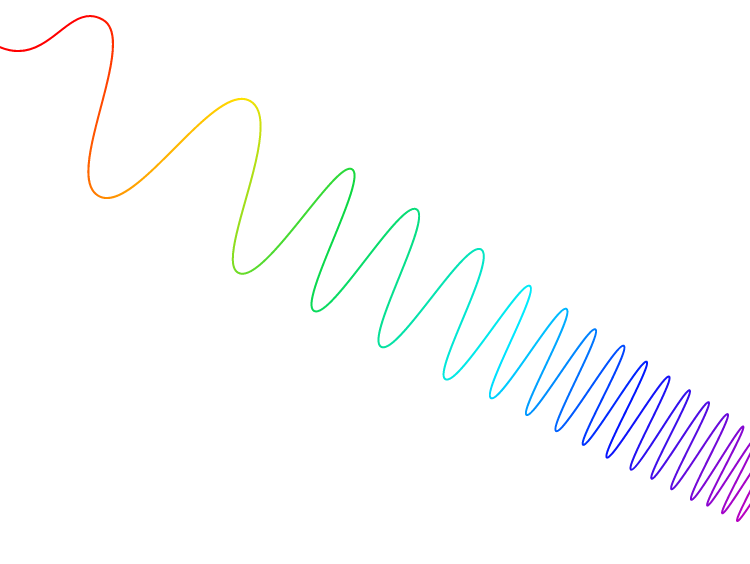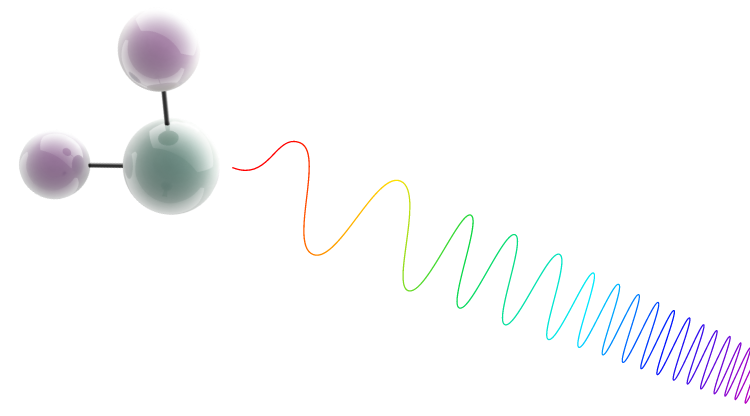Global warming is a serious problem that directly affects our lives, as the word "dangerously hot" is so common in summer weather forecasts. Identifying the emission of carbon dioxide (CO2) for each emission source is essential to perform more specific CO2 reduction and the key parameter is carbon isotope ratio. We are challenging the observation of CO2 carbon isotope ratio by satellite remote sensing.
Exploring the origin of CO2 emissions
Recently, climate change is a global serious problem. the Goal 13 “Climate Action” was evaluated as the largest issue in 2019 Japanese SDGs achievement. Japan must take action for this issue seriously. It is necessary to know exactly where and how much carbon dioxide (CO2) is emitted by human activities. The atmospheric CO2 concentration determined by the balance between emission from various sources and absorption in sinks, such as land, ocean, and human activities. The CO2 gases emitted from multiple sources mixes in the atmosphere due to its long lifetime. That is why, identifying the origin of the CO2 emissions is necessary for effective CO2 reduction measures, it is necessary to identify its origin.
Our research target is the carbon isotope ratio of CO2 (δ13Cco2). δ13Cco2 is a powerful tracer that can quantify the balance of CO2 by emission sources and sinks. δ13Cco2 is defined by the following equation, and the belemnite carbon stable isotope ratio (0.0112) is generally used as the standard value.

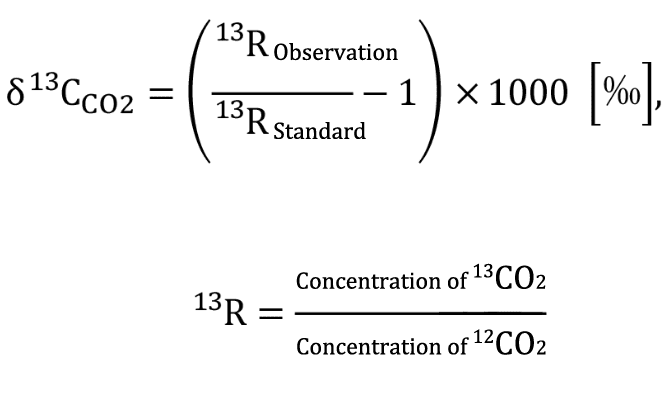
The current representative value of δ13Cco2 in the atmosphere is approximately -8 ‰ (per mille *). This value is determined by the balance of emissions from terrestrial biospheres (-25.7 ‰) and absorption (-26.0 ‰), emissions from the ocean (-9.5 ‰) and absorption (-10.0 ‰), emissions from fossil fuel combustion (-28.0 ‰), etc [Shoemaker et al., 2010].
The discussion of δ13Cco2 requires an accuracy of at least 1‰ order. Ground-based and aircraft-based measurements using mass spectrometers have been the mainstream. However, there are still problems due to the limited observation area and frequency, and the influence of bias between instruments cannot be ignored.
Therefore, we are challenging to derive δ13Cco2 from the GOSAT satellite remote sensing. The GOSAT-1 observes both 12CO2 and 13CO2 at about 16,000 points a day from the earth's orbit at an altitude of about 666 km. We would like to make use of this abundant observation points to clarify the global behavior of δ13Cco2.
* Per mille (percentage) 1 ‰ = 0.1%
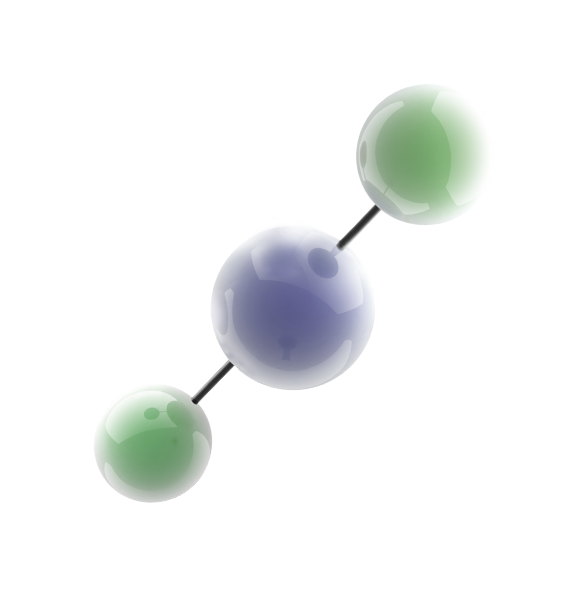
GOSAT:
Greenhouse gases
Observation SATellite
"IBUKI"
"IBUKI" (GOSAT: Greenhouse gases Observing SATellite) is a greenhouse gas observation technology satellite jointly developed by the Ministry of the Environment, the National Institute for Environmental Studies (NIES), and the Japan Aerospace Exploration Agency (JAXA). It observes, from space, the concentration distribution of greenhouse gases such as carbon dioxide CO2 and methane gas CH4, which cause global warming. It was launched by the H-IIA Launch Vehicle No. 15 from the Tanegashima Space Center on January 23, 2009.
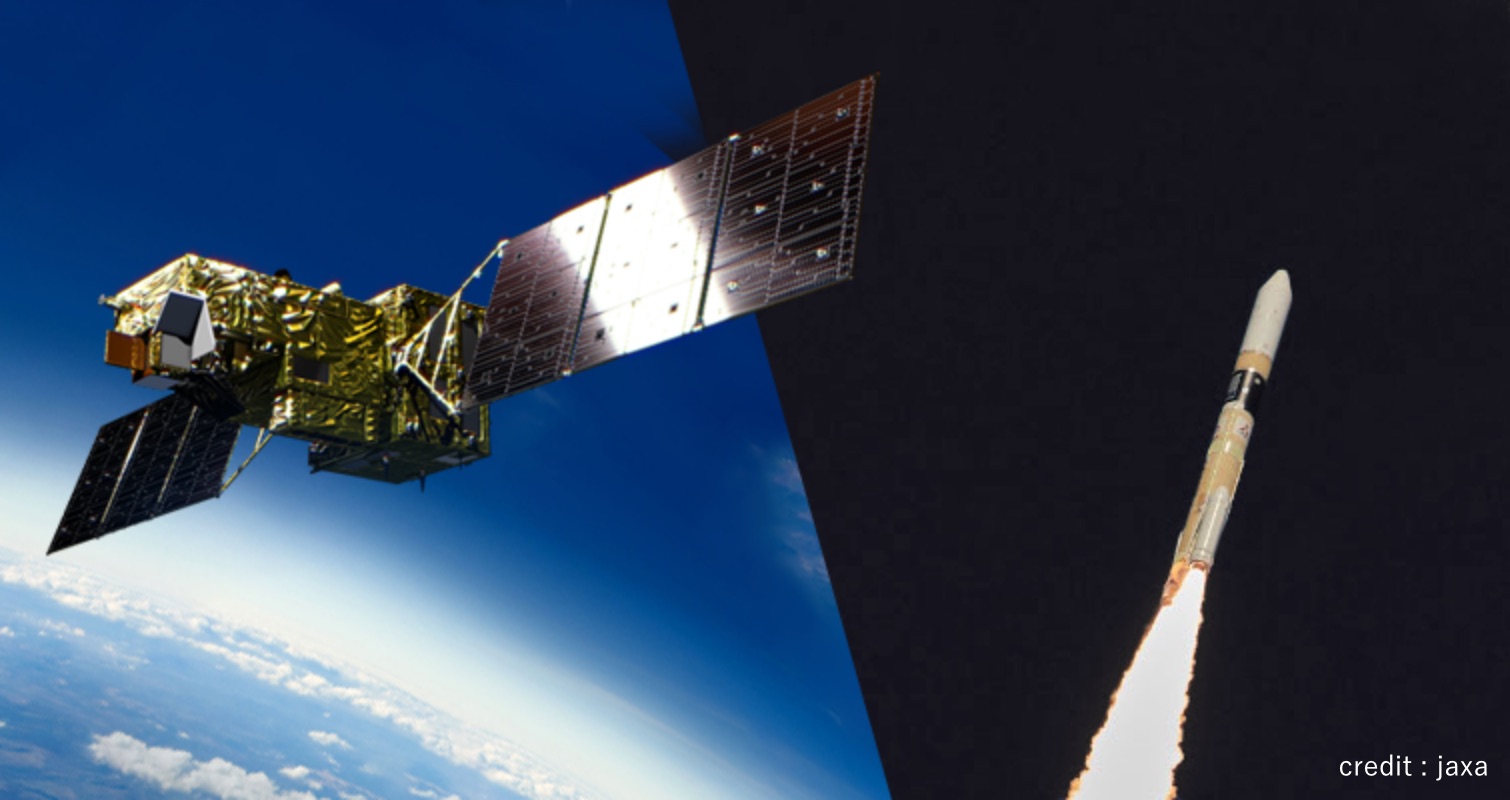
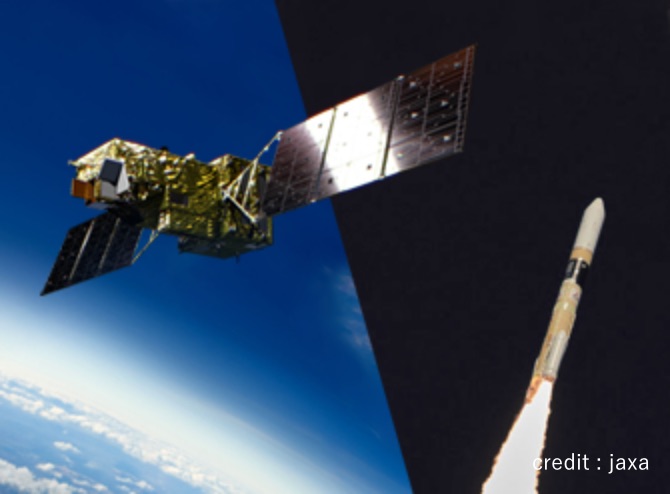
"IBUKI" has two sensors, both of which are provided for greenhouse gas measurement. Greenhouse gas concentrations have also been observed on the ground, but the number of observation points was only 348 (as of January 2013). "IBUKI" can measure the concentration distribution of greenhouse gases at regular intervals over almost the entire surface of the earth once every three days. The number of observation points has increased dramatically, and the quality of the data for discussing global warming has been improved.
The data can be used by anyone who registers, not just government agencies and scientists in each country.
* Partially quoted from the JAXA site https://www.jaxa.jp/projects/sat/gosat/
"IBUKI 2" (GOSAT-2), a successor of GOSAT-1, was successfully launched on October 29, 2018. GOSAT-1 is steadily operating even after the originally planned five-year steady-state observation period, nevertheless troubles such as the failure of the refrigerator. Whereas conventional artificial satellites were designed to prevent breakdowns, GOSAT-1 is designed to be "safe even if it breaks down", such as by duplicating important parts.
GOSAT-1 has still been accumulating observation data of the column average concentrations* of carbon dioxide (CO2) and methane (CH4), which are the main greenhouse gases, in the clear sky region on a daily basis. We are analyzing the data received from the GOSAT-1.
* Partially quoted from the GOSAT leaflet (June 2019) of the National Institute for Environmental Studies (NIES)
* Column average concentration: Located in a vertical column from the ground surface to the upper end of the atmosphere. An average concentration that indicates the ratio of the target gas amount to the total amount of dry air.
